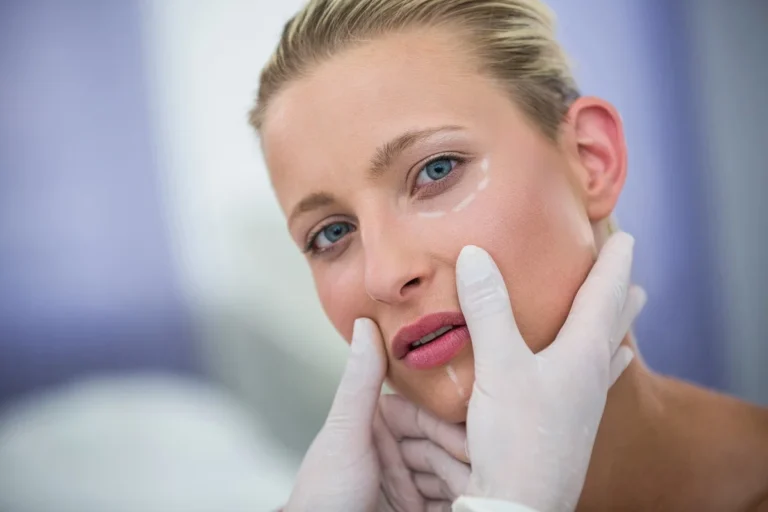Western dermatology primarily comprises topical creams, strong medicines, and skin treatments. But does it address the root cause of the problem? Not always. This is where alternative practices, such as Traditional Chinese Medicine (TCM), come in!
Let’s take a closer look at what TCM is and how it manages skin conditions.
What is Traditional Chinese Medicine?
TCM is a holistic system of healthcare that has been around for more than 2,000 years. TCM practitioners believe that the body’s Qi (also called vital energy) needs to be balanced to promote health and well-being. They also view the human body as a complex system of interconnected parts, with each part playing a crucial role in bringing internal harmony.
According to traditional Chinese practitioners, the skin is a reflection of the internal health of the body. Just as TCM practices (such as acupuncture and cupping) focus on organs like the kidneys, heart, liver, spleen, and intestines, they can also stimulate the healing of skin.
Common Skin Conditions That Can be Treated with TCM
Environmental factors like wind, dryness, cold, and dampness contribute to numerous skin conditions. Generally speaking, the following skin conditions can be managed with TCM:
Eczema: It causes dry skin, itchiness, rashes, and scaly patches on the skin. Redness is especially common in the folds of the skin, like the elbows, knees, wrists, and eyes. Eczema flare-ups are generally caused by stress, environmental factors, and a weakened immune system.
Psoriasis: It causes itchy and scaly patches throughout the body. Psoriasis is characterized by extreme inflammation.
Acne: It occurs when the hair follicles beneath your skin become clogged with dirt and impurities. In addition to deep red spots, the skin might become hot and painful to touch.
Rosacea: It is characterized by flushing and long-term redness of the skin.
A reputable TCM clinic (中醫診所) will analyze your entire body to pinpoint the reasons for skin conditions.
Acupuncture and TCM Therapy
One of the most effective and common ways TCM helps manage skin conditions is through acupuncture. It involves inserting sterilized, thin needles into specific points of the body. When acupuncture points are stimulated, blood circulation improves and inflammation goes down.
The aim of TCM is to address the root cause of the problem, which is exactly what acupuncture does. For instance, acupuncture might regulate the causes of acne, such as hormonal imbalance and excessive heat within the body.
Acupuncture also reduces toxins from the body. This can also reduce inflammation, eventually managing eczema and psoriasis.
Cupping and Moxibustion
In addition to acupuncture, treatments like cupping and moxibustion can also reduce the symptoms of certain skin conditions.
Cups, made from glass or bamboo, are applied to the skin to create suction. This promotes blood circulation and relieves muscle tension. Whereas, moxibustion is the process of burning dried mugwort near a person’s skin to stimulate specific points and repair damaged skin.
Chinese Herbs
Chinese herbs like astragalus root, reishi mushroom, goji berry, and ginkgo biloba can also treat acute and chronic skin conditions.
The aim is to regulate the body’s Qi and make sure the internal and external systems are in harmony.

